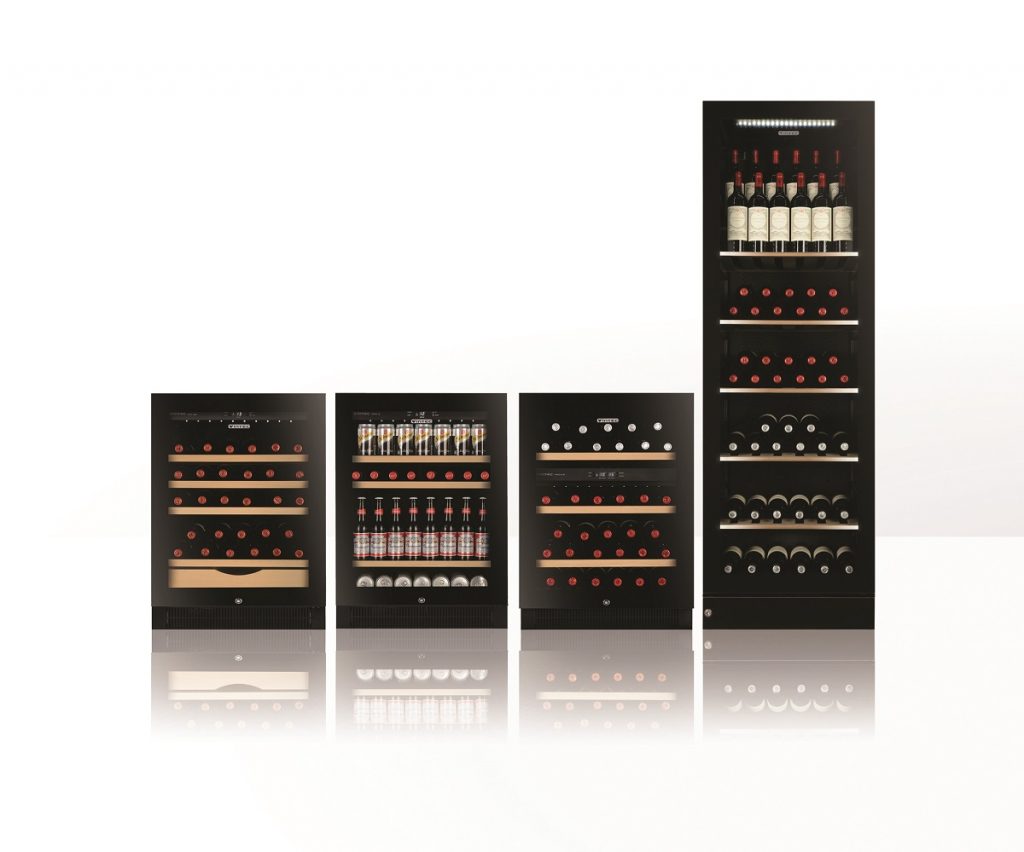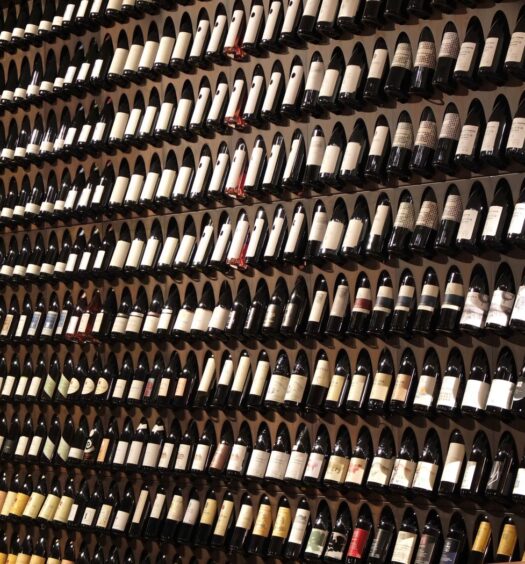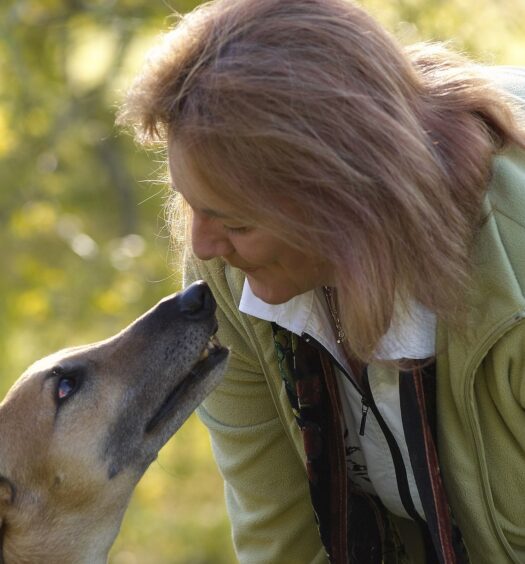Starting a wine cellar can be a great investment, or just an enjoyable pastime, however not all wines are worthy of cellaring. Jean-Marie Simart, Director of the Vintec Wine Club provides his advice and recommendations on great wines to cellar.
Sixteen years ago a survey ordered by the wine industry found that on average, a bottle of wine in Australia was kept less than 24 hours after purchase.
I don’t know the present statistics but I would be ready to bet some of my best bottles that a bottle purchased today has a longer life expectancy in Australian households.
Which wines however are actually worthy of keeping? First let’s consider what cellaring wine is all about. Although there is no official definition, it would be reasonable to say that cellaring is storing wine until it reaches its peak. As wine is a living product it changes with time however it’s not always for the better! Knowing which wines to store is the key.
As a general rule, Australian winemakers are making their wines to be consumed within their first few years whilst European winemakers tend to make their wines for longer maturity.
So, let’s go through a few of my personal recommendations, starting with the whites.
There are of course exceptions but generally speaking, Australian white wines do not last as long as the reds, and among the whites semillons and rieslings have a much longer life span than chardonnays and sauvignon blancs.
Among our Australian whites, the wines that tend to be best after 10 years would be some of the Hunter Valley semillons, some good examples are Braemore by Thomas Wines Tower Estate Wines and Tyrell’s.
From abroad, the French Bordeaux, made essentially of a combination of sauvignon blanc and semillon can easily be kept ten years or more. Among a few I would recommend are Domaine de Chevalier, Doizy Daene and worth the extra investment – the fabulous chateau Haut Brion and the “Y” made by d’Yquem.
Most whites from the Rhone Valley are also good choices as well as the marvellous Italian: Quintarelli bianco.
When it comes to dessert wines many can be kept for years and will increase in depth and complexity whilst aging. Specially recommended are French sauternes, Australian de Bortoli Noble One and all botrytised semillon.
When it comes to reds we have a much larger selection of good cellaring options, however as a general rule lighter reds like pinot noir, Grenache and mourvedre have a shorter lifespan than heavier shiraz’s, cabernets and merlots. The lighter reds usually have a maximum cellaring life span of around ten years whilst heavier wines can potentially be kept 50 years or more.
Recommendations for Pinot Noirs include those from New Zealand wineries, Central Otago, Felton Road, Gibson Valley Reserve and Mount Difficulty. Of our Australian Winemakers: Picardy, Giaconda and Domaine A are good choices.
For French Burgundies my recommendations are; Santenay, and Vosne Romanée, which can be kept for many year as well as many wines again from the Rhone Valley.
Shiraz’s? … of course there’s no going past the famous Grange whose 1951 vintage is still enjoyable at $40,000 plus (or so I have been told ) but if your budget doesn’t quite extend there then these are great wines to consider are St Henri, Bin 707, RWT, the St Hugo from Orlando, Henry’s Seven from Henshke, Thomas Kiss, the shiraz viognier from Clonakilla, Meerea Park, and the Maurice O’Shea shiraz.
When it comes to Cabernet sauvignons and franc, and cabernet merlots many of these are worth cellaring, often for ten years or more. In Australia, these mainly come from Margaret River and include; Cullen’s Diana Madeline, Moss Wood, Howard Park and Vasse Felix.
From South Australia great options are Penfolds Bin 09 and Bin 407, all wines made by Clarendon Hills, Wynns and John Riddoch. From the Yarra Valley: Yarra Yarra, Yarra Yerring and Hunter Valley: Lindeman’s St George.
When it comes to the French reds, most of the Bordeauxs must be kept several years to reach peak drinkability. among these are grands crus Haut Brion, Domaine de Chevalier, Petrus and Cheval Blanc. There are nearly no exceptions among the great Bordeaux reds from the Left Bank – leave them at least ten years!
Of the Italian reds, cabernet franc by Quintarelli is excellent (if you can get your hands on some).
The above are just some of my personal suggestions from my own journey into the wonderful world of wines but your own choices shouldn’t be limited to these by any stretch.
For additional advice and recommendations there are many books and reviews regularly issued by professional wine writers such as James Halliday, Robert Geddes, Huon Hook and Peter Bourne, along with professional magazines such as Decanter, Gourmet Traveller Wine, Winestate and of course, the famous classification made by Langtons.
The best way to build your cellar though is to start with the wines you love. Find out direct from the winemaker about its intended maturity and how long it could be cellared for. Many winery websites will already share this information with you and if they are worth holding on to, take patience by drinking some great younger wines in the interim!
VINTEC is Australia’s leading specialist in wine storage solutions
– SEE MORE of their range at www.vintec.com.au






Recent Comments